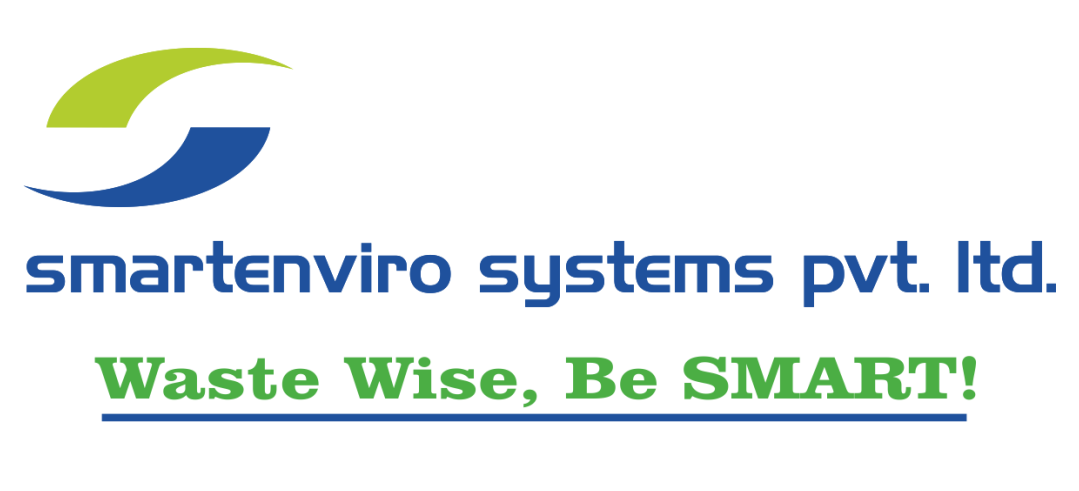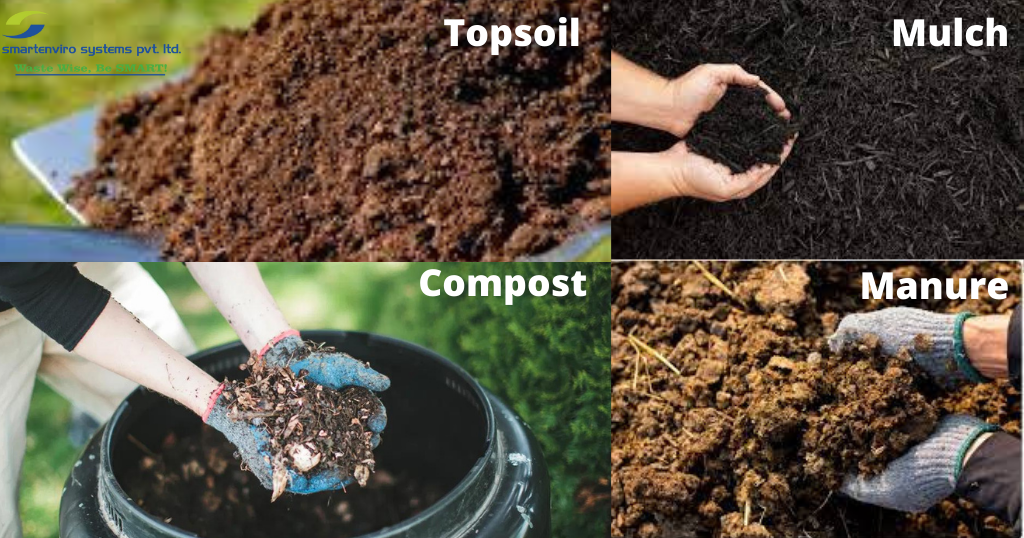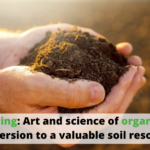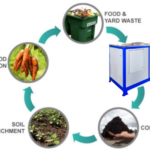It’s essential to know how to use organic materials to get the most out of your plants while landscaping your yard or setting up a new garden. Organic waste can be efficiently mixed and composted with the help of the waste composting machine.
Mulch, compost, and Topsoil are three of the most commonly used materials. It’s essential to consider the differences between these three types of soil, but understanding where and when to utilize each one is even more important.
How to Make use of all the Compost and Topsoil
Topsoil is the uppermost layer of soil, typically consisting of the first few inches of soil. Earth’s biological soil activity is concentrated in this area because of its high concentration of organic matter and microbial activity. This layer is where most plants’ roots are concentrated and where they get most of their nutrients. These issues can be solved and managed by using the organic waste compost Machine.
The Necessity of Topsoil
Land clearing, over-farming, and other unsustainable agricultural methods have depleted our soil, which was naturally rich and deep in the days of our grandparents. A lack of Topsoil has resulted in many areas of the country having no remaining topsoil.
Start with high-quality soil rich in nutrients and can nourish your plants as they grow if you plan to cultivate edibles or ornamentals. Before planting, buy pre-mixed dirt and add it to your location. Then, mix it in with the existing soil and get started. However, if you have the time, you may make your Topsoil. Organic waste like grass clippings, wasted fruit, and leaves can be piled up and allowed to decompose naturally with the help of air and water. Add compost to the top layer of your garden, and you’re ready to go. Decomposition of the organic waste into humus or compost using a Waste Composter device.
What is the difference between compost and Topsoil?
Decomposed organic matter is the main component of both compost and Topsoil. An ideal solution is the Composter Machine, which keeps our food waste valuable. They are full of nutrients and helpful microbes, making them an ideal food source. What’s the difference between these two plants, and which one is better?
Compost and Topsoil have certain similarities, although they are used differently. This fine-textured organic substance is the final result of allowing various organic components to decompose over time.
As potting soil, a top-layer fertilizer for your plants, or as an amendment to your present soil, compost is the most common usage. On the other hand, Topsoil is best used as a filler in the landscape or to raise the soil level. When you buy bulk Topsoil, you get dirt with a bit of amount of organic matter included in the mix.
When Mulch and Soil use tree and land clearance debris to gather, reduce, and recycle Topsoil, it creates both decomposed and screened Topsoil.
A Guide to Using Mulch
To keep the soil cool and wet and prevent weeds from competing with the more desirable plants in your garden, you need to cover it with Topsoil and compost.
Mulch comes in handy here. Mulch enhances the appearance of your landscape while also extending the life of your plants and maintaining the integrity of your soil. Mulch decomposes into Topsoil over time, but it shouldn’t be utilized in place of Topsoil. You may keep your Topsoil exposed, but it’s best to do so to prevent erosion and scorching from our hot weather.
Smartenviro Mulch, Topsoil, and Compost
These soil amendments are essential, even if you haven’t considered all the distinctions.
To put it simply: Topsoil enhanced with compost and mulch should be placed at the bottom of the garden.
At Smartenviro Systems, our compost, Topsoil, and mulches are made from recycled tree debris of the highest quality. The organic waste composter machine, food waste composter, and organic waste converter provided by us can be used to compost waste. Get in touch with us if you plan to create a garden or renew your landscape. Our team here would be happy to provide help with your project.



